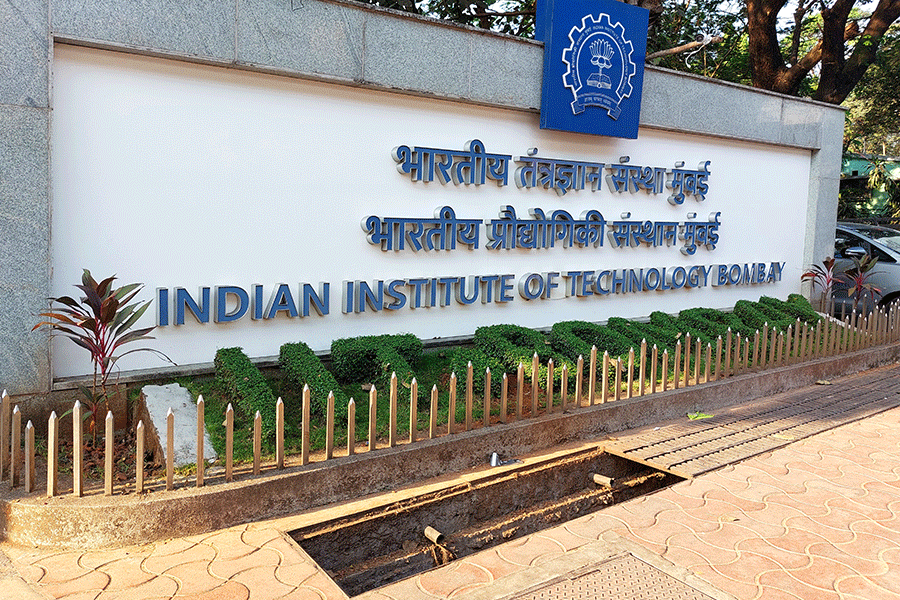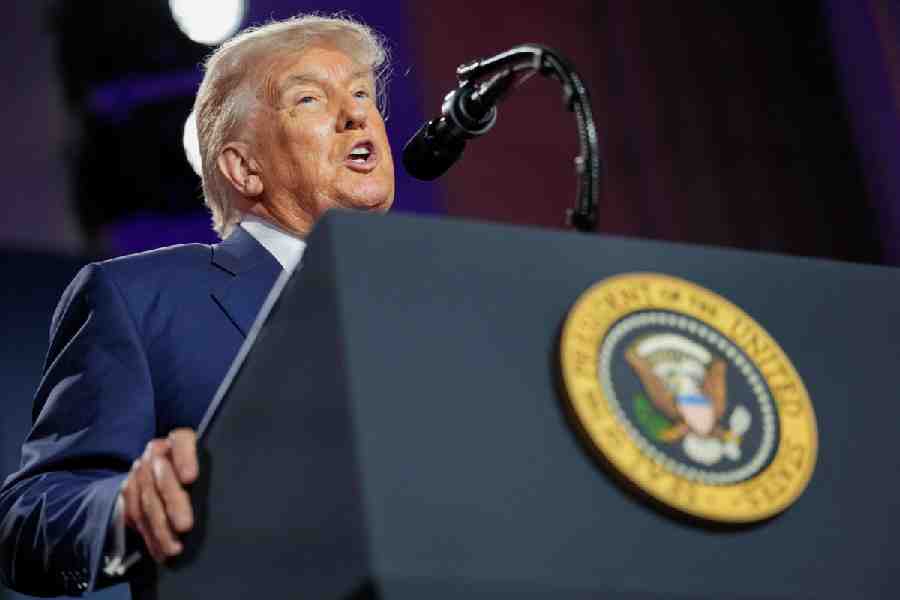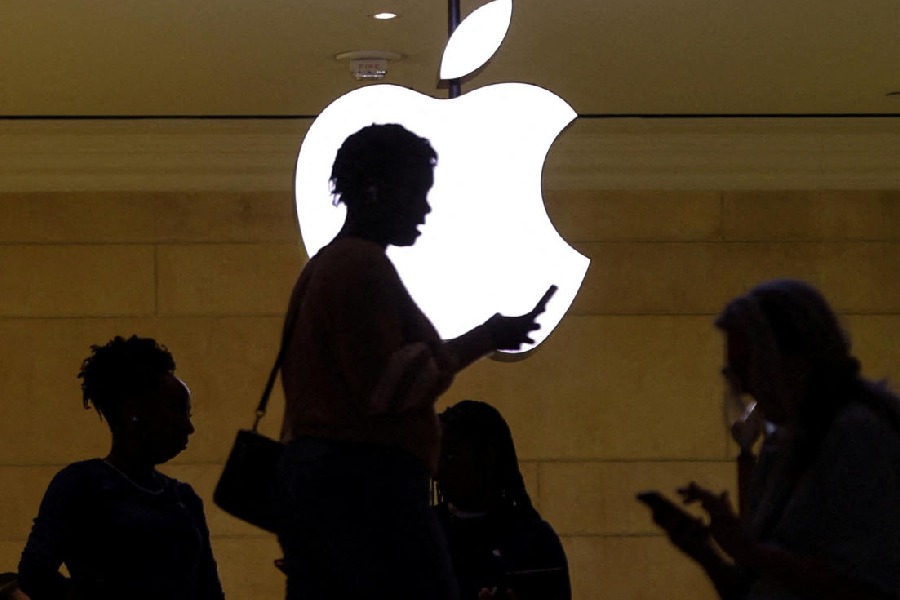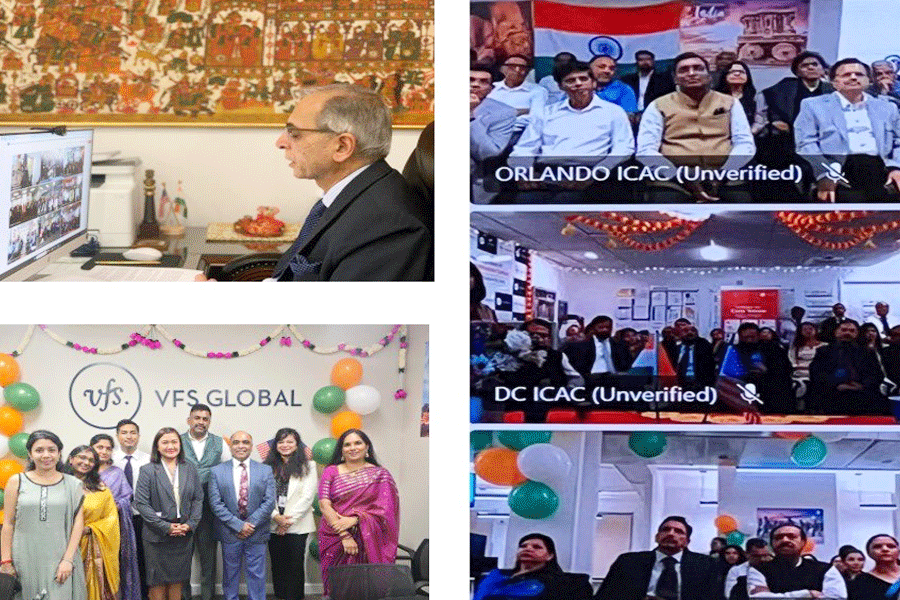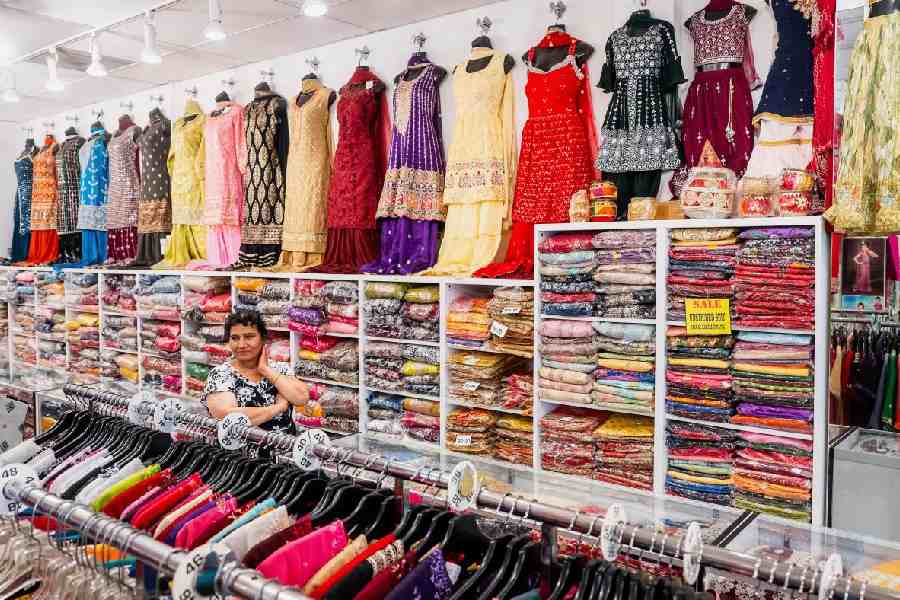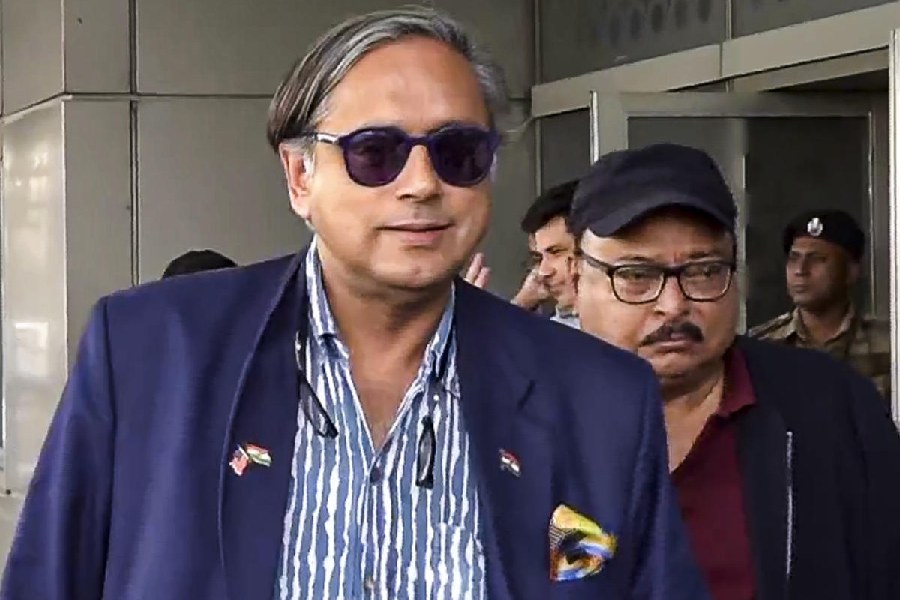
With neither New Town nor Salt Lake qualifying for the top 20 in the India Smart Cities Challenge, the question on everyone’s lips is “what went wrong?” Some authorities have started introspecting and promising to put a better foot forward while others have started crying foul.
The India Smart Cities Challenge had been started by the government of India’s ministry of urban development last year. It asked municipal leaders and their partners to propose ways in which to use technology to improve governance, living conditions etc and the top 20 would receive funds to implement the same in the first round.
Ninety-seven cities had applied for the contest, including four from West Bengal — New Town, Salt Lake, Durgapur and Haldia. The cities submitted their entries late last year and the results were announced on January 28.
The toppers were Bhubaneswar, with a score of 78.83 per cent, Pune with 77.42 per cent and Jaipur with 73.83 per cent (see graphic for all 20 winners). New Town with 53.1 per cent came 30th while Salt Lake with 51.3 per cent came 47th. Durgapur and Haldia were ranked 54th and 68th respectively.
What went wrong: Salt Lake
“How can no city from Bengal win? The central government is doing politics over the Smart City project,” claimed urban development minister Firhad Hakim. Bidhannagar Municipal Corporation mayor Sabyasachi Duttta too refuses to accept the result. “This happened as a result of political vendetta,” he said.
Nonetheless, here are some areas where Salt Lake may have missed points.
• One of the key requirements in the Smart City proposal was for the administrative body to put up its project-wise budget expenditure of at least the last two years on the website. But click on the “budget” icon on Bidhnanagar Municipal Corporation’s website and you get a blank page.
When The Telegraph Salt Lake questioned the authorities why the details were not put up, no one could give a clear answer.
Before formation of the corporation, the erstwhile Bidhannagar Municipality authorities had alleged that the previous Left Front-led board had not furnished any audited reports.
• The contest required the applicants to submit details of their collection of taxes, fees and other such internally-generated revenue over the last three years but given the mess that Salt Lake’s property tax collection is in, insiders believe this cost them precious points.
“In the proposal, we had to show property tax revenue at a mere 40 per cent of potential. That must have looked bad to the judges,” said a corporation official.
• The proposal also asked for an operational and maintenance cost recovery schedule. This would explain how the administration planned to raise revenue to fund new Smart City initiatives. “We had sent this but it was rather sketchy,” confessed the official.
• The contest also asked to see establishment and maintenance cost of supplying water to the people as well as the taxes earned from it. “But since the Bengal government does not charge taxes for water this was not applicable to us. We must have lost points here,” said the source.
• Transport is another sector where the township took a hit. “There are several places in Salt Lake that become desolate at night. Buses hardly ply there. We had to mention the state of our transport system in the report and it wasn’t flattering,” said the source.
• Another downer was people’s participation. The contest required the cities to show the involvement of its residents and the authorities tried organising seminars and putting up flexes asking for people’s input. But they yielded little response. “In the proposal, we had mentioned that we received feedback from 1,40,000 residents via a mobile app but did not send any evidence to back up the claim,” said the source.
“Salt Lake had started off well but lost steam midway,” says S. Radhakrishnanan, a former chairman of the Bengal Chamber of Commerce who was one of the invitees at a seminar to involve people in the Smart City Challenge. “The other proposals must have been better. They must consult more experts in future.”
But while the authorities claim to be surprised at Salt Lake’s failure to make the cut, residents say they never had their hopes high. “The corporation now includes rural areas like Rajarhat and Gopalpur. Did they seriously think they would win the ‘smart city’ tag with such backward areas pulling them down?” asks Partha Sarathi Chakraborty of BE Block.
What went wrong: New Town
Most people believed that if only one city was to make the cut from Bengal, it would be New Town. It already has Wi-Fi on its main thoroughfare, solar power plants, pneumatic solid waste disposal systems… So its absence from the first list of 20 was a disappointment.
Indeed the competition was neck-to-neck. New Town came 30th on the chart by scoring 53.10 per cent while Bhopal, that came 20th, scored 55.47 per cent.
“I am disappointed. Not only did New Town fail to make the cut, but no other city from Bengal managed it either,” said Debashis Sen, chairman of New Town Kolkata Development Authority as well as the principal secretary of the state urban development department. The proposals of all the four cities from Bengal were attested by him.

Sources say that one factor that could have held back New Town was the lack of a strong property tax collection system. New Town still does not have a system of property tax collection so house owners there do not pay taxes.
Residents chip in with their own theories. “New Town boasts of free Wi-Fi along the Major Arterial Road but in reality it hardly ever works,” said Isha Gupta, a computer engineer who lives in New Town’s Akankha Housing Complex.
“Transport is an age-old problem, the water here is rich in iron and there aren’t enough medicine shops. They must address these basic problems before aiming to be ‘smart’.”
Brotin Banerjee, who is getting his house built in Action Area 2, is fed up of the construction syndicates. “They’re giving the otherwise good township a bad name and I’m sure this was taken into consideration by the judges while awarding them the score,” he says.
What the winners did right
Bhubaneswar impressed judges by identifying 985 acres of land around its railway station that would be a single-digital platform to take care of multiple systems like traffic management, automated parking, operations of public buses, emergency response units etc.
It also proposed to raise Rs 525 crore from convergence of schemes and Rs 2,563 crore from public-private partnerships to fund the projects. It is pushing for more buses to be available at five-minute intervals and for them to be equipped with GPS, CCTVs, on-board announcements etc. There would be a central control room and video analysis for traffic management. Bus terminals and railway stations would be integrated.
Bhubaneswar’s total project cost is pegged at Rs 4,537 crore.
Pune, that finished second, identified 19 information and communication technology-based solutions for water and mobility management. The project would be accessed by 4 lakh households and the total project cost would be Rs 3,000 crore. It is planning a new bus system and a radical redesigning of the streets to make them more pedestrian-friendly.
At third place, tourist hotspot Jaipur submitted a plan to further beautify the city and improve mobility through information and communication technology. It also plans to instil smart solid waste management systems. Their project cost has been pegged at Rs 2,340.52 crore.
What happens next
While Salt Lake would have to wait till the second leg of the contest to compete again, New Town has a chance to reverse its fortunes shortly.
Out of the 97 cities that submitted proposals, work will now start on the top 20. But the top-ranked cities from the 23 states and union territories that missed out representation in the first list of 20 are being given another chance to fast-track their selection.
They have to re-work their proposal and submit it by April 15. New Town, being the top-ranking city from West Bengal, is on this list. Should it make the cut in the next round, it would start receiving funds from the Centre from 2016-2017. It has not been announced how many cities would be selected this time.
Sen has started work on the new proposal without wasting a minute. “We are already in touch with consultants and advisors who are helping us draft a new and improved plan. We will study the plans submitted by the top three cities and come up with a better plan.”
Did Salt Lake or New Town deserve to be in the first list of 20 smart cities?
Write to saltlake@abpmail.com or The Telegraph Salt Lake, 6, Prafulla Sarkar Street, Calcutta 700001





